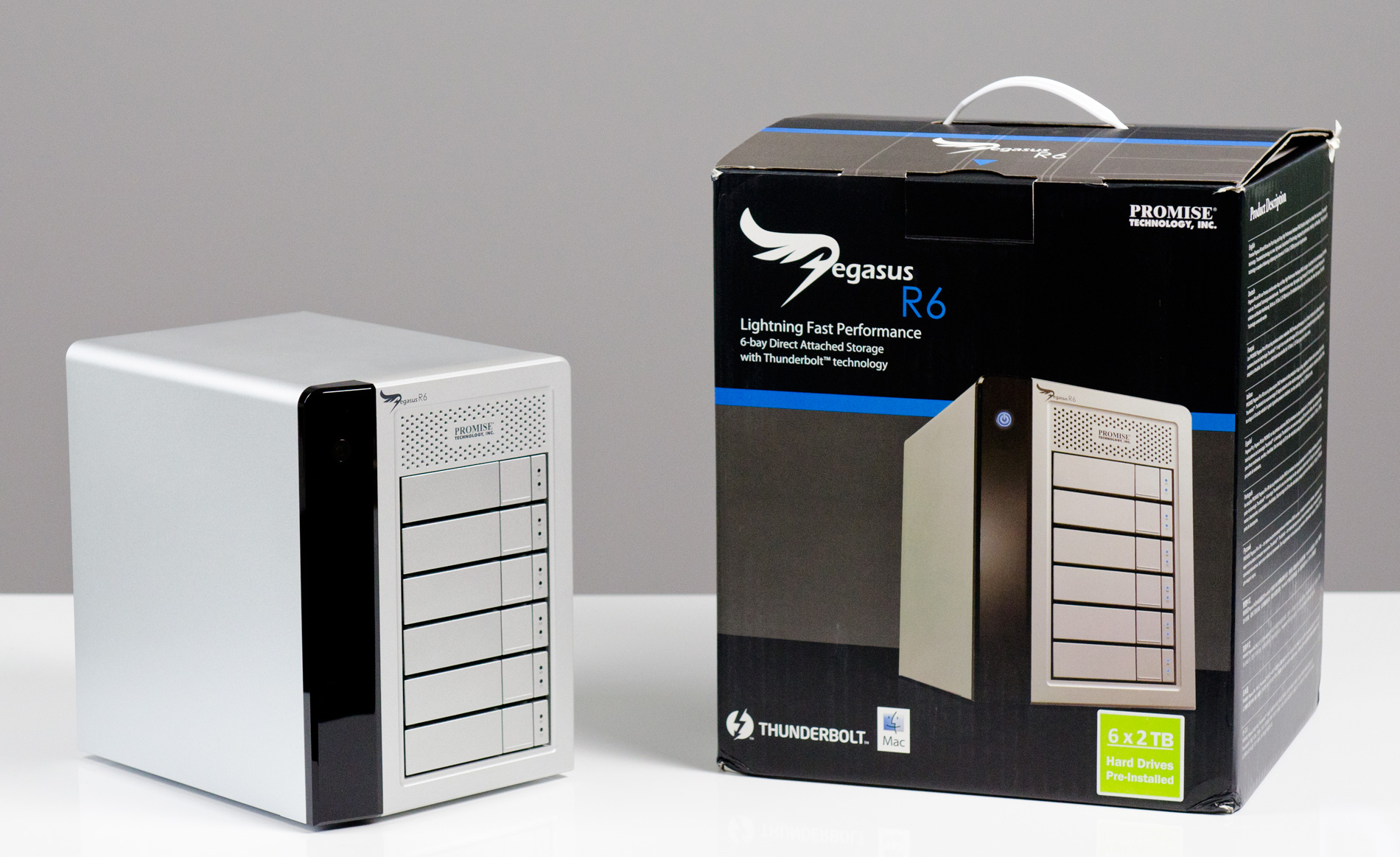
If you were to get SSDs separately, you can get 1TB drives for about $500 for 1TB so say you get an 8-bay enclosure for $1500 with no drives and 8x $500 1TB SSDs, that's $5500 vs $1500, then SSD is 3.5x more. Two of them on a chain in RAID0 runs at 2GB/s write, 2.5GB/s reads. Lacie's Thunderbolt 2 drive shows the performance possible:Ī single drive with dual SSD blades up to 1TB runs at 1.1GB/s write, 1.3GB/s reads. It's only SSD drives that get the benefit of Thunderbolt 2 so the Pegasus would have to be filled with those. But it wouldn't be necessary to do this even on a MBP as they have two Thunderbolt 2 ports.

A 4K display would need 3840 x 2160 x 60Hz x 24-bits = 11.9Gbits/s or 1.5GBytes/s. Thunderbolt 2 is not really needed for a drive like this but it does mean you'd be able to put a 4K display on the same chain. Those with a Mac Pro have little to worry about here, but MacBook Pro owners may find diminished bandwidth depending on setup and workflow. When using a 4K monitor, however, the story changes somewhat considering the available pipeline will be mostly reserved for pushing pixels.

Read and write speeds did not come close to hitting Thunderbolt 2's 20Gbps barrier.
#Replace promise pegasus r4 hard drive full#
This is more than enough bandwidth to edit full resolution 4K video in real time.

In our tests the logical drive clocked in with speeds up to 540MB/s read and 454MB/s write, while real-world sustained speeds came in at just below 300MB/s. Pegasus2 lives up to the Thunderbolt 2 hype.


 0 kommentar(er)
0 kommentar(er)
